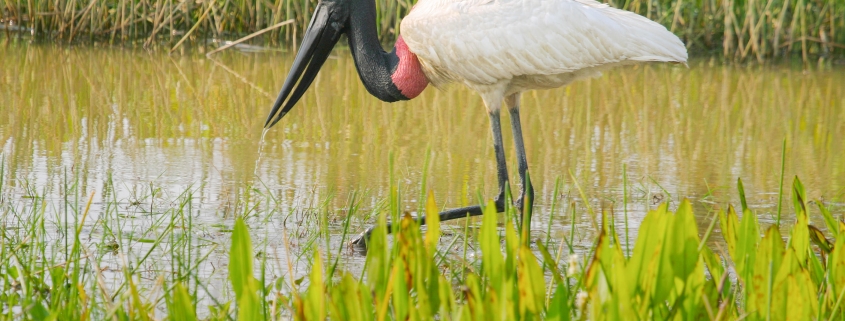Conservation in Latin America: Year in Review
Rainforest Trust has always had a special relationship with the tropical landscapes of Latin America and the Caribbean. Our first project ever was in Guatemala, protecting an irreplaceable patch of forest. In addition, some of the most consequential projects of our first two decades took place in Ecuador, Colombia and Peru.
But this year, as fires raged across the Amazon rainforest, conservation in Latin America and the Caribbean seemed more relevant than ever. As we grappled with that news, we grew even more committed to our conservation work in the region.
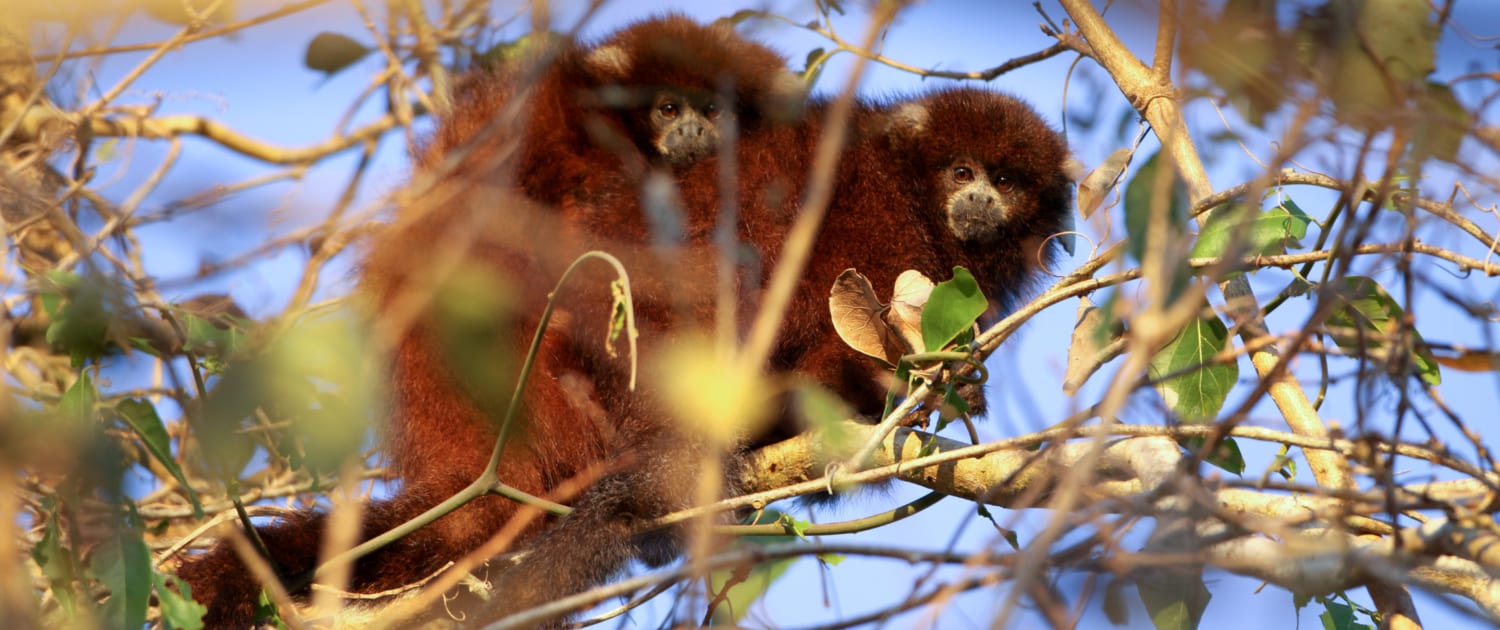
A pair of titi monkeys in Bolivia. Photo by WCS-Bolivia.
And that effort paid off. In 2019, Rainforest Trust helped protect almost 2.4 million acres of habitat in Latin America and the Caribbean. Most of those acres came from Bolivia, where we worked with Wildlife Conservation Society – Bolivia and local governments to create the Rhukanrhuka Municipal Reserve. This 2.1 million-acre reserve protects part of the Beni grasslands, South America’s third-largest savannah.
The Beni grasslands lie at the foot of the Andes, next to riverine and forested land. This location contributes to the unique geography and wildlife community of the area. Once a year, most of the land floods as rain comes down from the highlands. This deluge makes the area a vital habitat for birds like Black-collared Hawks, Sungrebes and Wood Storks. Mammals in the area include Maned Wolves, Jaguars and the Endangered Black-faced Black Spider Monkeys. The reserve now also protects two titi monkey species endemic to this region.
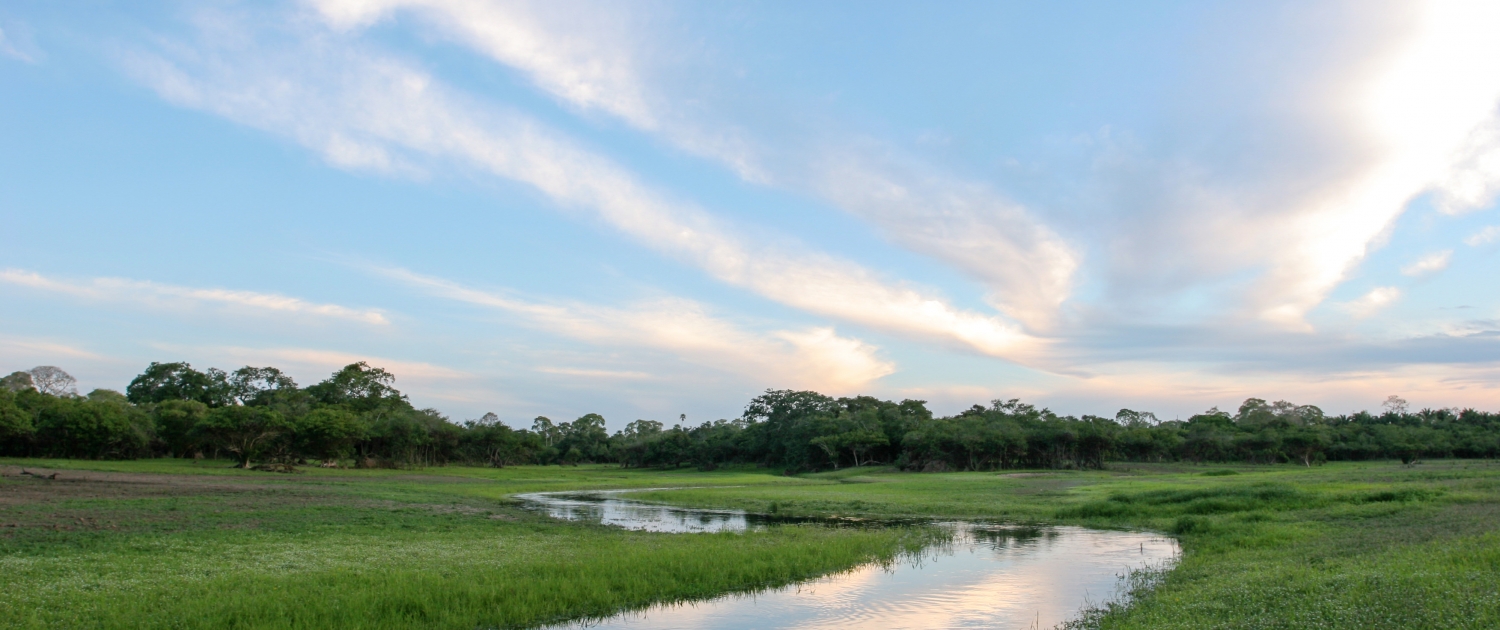
The Beni Grasslands in Bolivia. Photo by Mileniusz Spanowicz/WCS.
Rhukanrhuka is a joint creation of conservation NGOs and local communities. Stakeholders from these communities, including ranchers, farmers and local leaders, are helping to plan — and now manage — this reserve. Through this process, they’ve been able to align their livelihoods with a more sustainable future for the ecosystem. In fact, the project was such a success that the reserve is twice its intended size. As more people saw the benefits to come, more people participated and the reserve grew in size.
Up in Ecuador, Rainforest Trust, American Bird Conservancy and Fundación Jocotoco established the new Las Balsas Communal Reserve. This area protects forests home to the Lilacine Amazon, a recently described and Endangered parrot species. Both habitat loss and poaching for the pet trade threaten the bird, but this new reserve will offer protection and management to mitigate those threats.

Downed trees in the Las Balsas area. Photo courtesy of American Bird Conservancy.
Further north, in Mexico’s Chihuahan Desert, Rainforest Trust worked with HABIO, A.C., The Turtle Conservancy and Global Wildlife Conservation to purchase an 18,850-acre ranch and turn it into a protected area. This desert area is home to species like lizards, kangaroo rats and cacti. But the most striking resident is the Critically Endangered Bolson Tortoise. The Bolson Tortoise is the largest tortoise species in North America and under immense threat from hunting and habitat loss. HABIO, A.C. is already working to restore this habitat after years of degradation from cattle grazing.
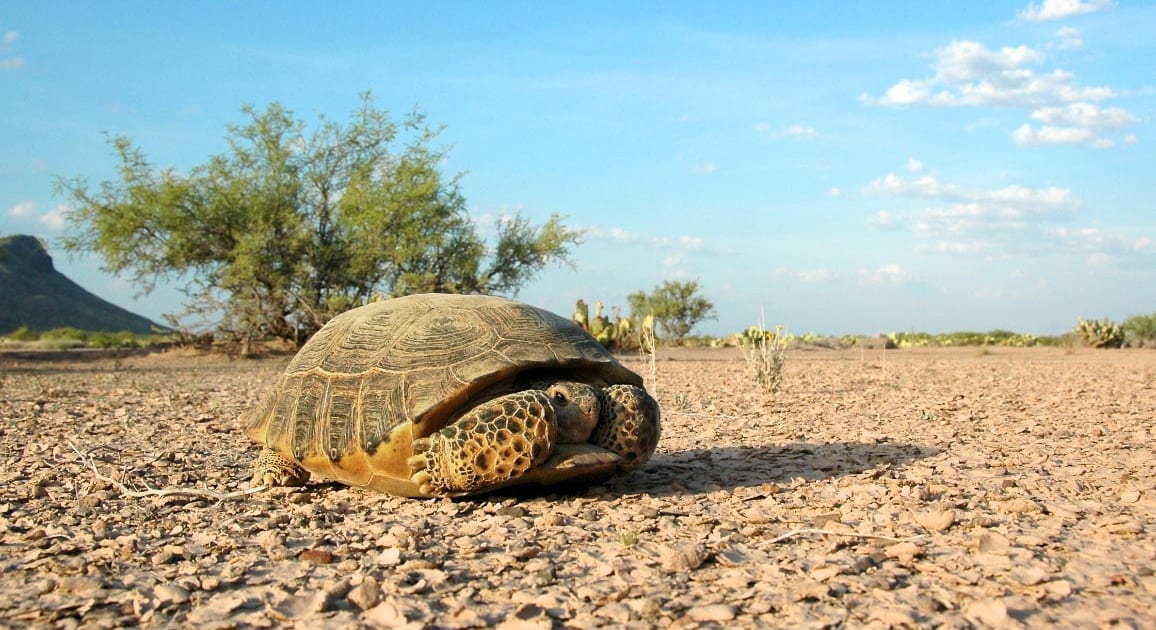
A Bolson Tortoise. Photo by Maurice Rodrigues/Turtle Conservancy.
Over in the Caribbean, we helped establish a new protected area in Haiti. This reserve, Grand Bois, was created with Haiti National Trust and Société Audubon Haiti, with support from Global Wildlife Conservation. These 1,200 acres are in one of the world’s most important spots for amphibian conservation — at least 19 resident amphibian species are Critically Endangered. The reserve now protects the area from nearby and expanding logging and agriculture.
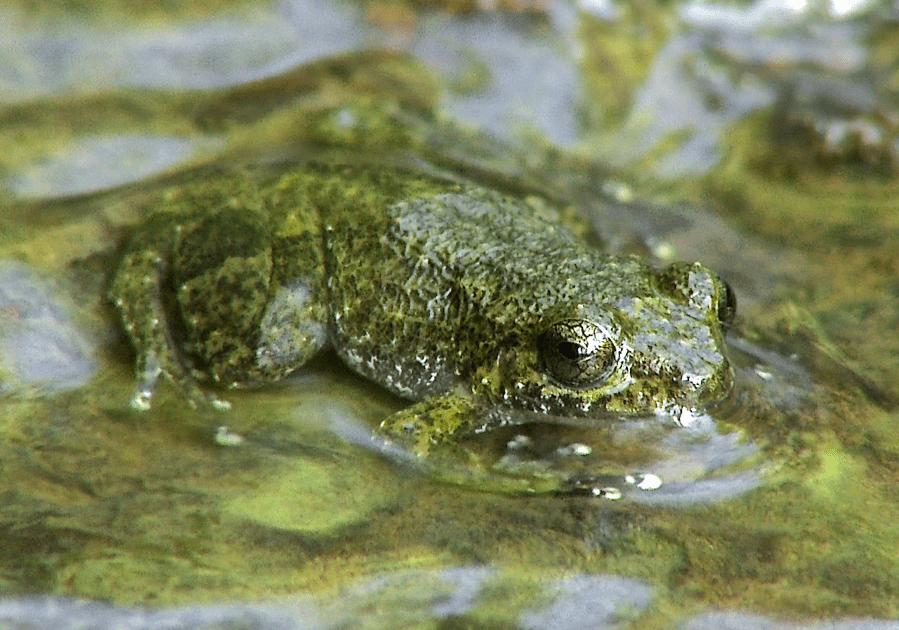
The Tiburon Stream Frog of Haiti’s Grand Bois. Photo by J. Hoppe.
In addition to creating new reserves, we worked with our partners to expand existing reserves in Ecuador, Colombia, the Cayman Islands and Guatemala. This included both reserves we’ve worked on before and in locations new to us. This work improves the efficiency and value of these existing areas.
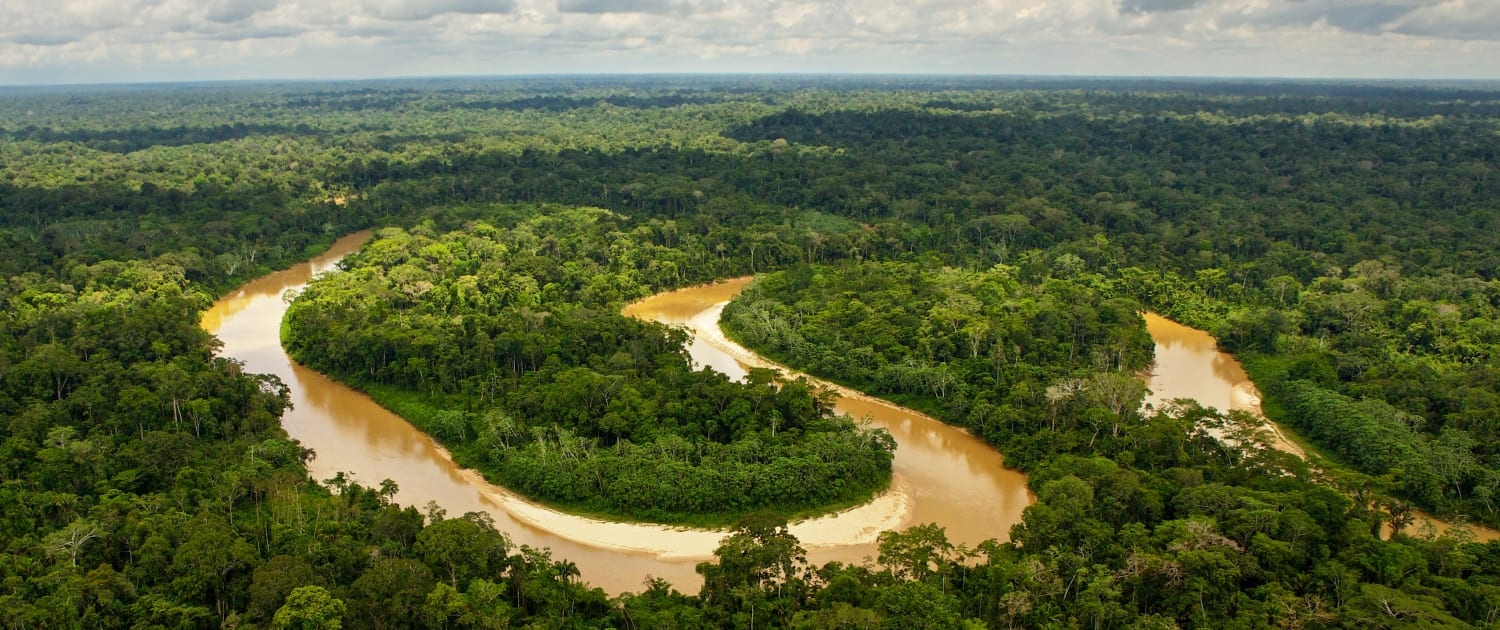
The Amazon Rainforest in Peru. Photo courtesy of CEDIA.
We also continued our work with the Center for the Development of an Indigenous Amazon (CEDIA) in Peru to help title indigenous lands. Many indigenous communities in the Peruvian Amazon have historically lacked legal rights to their land. Without those rights, that land can be signed over to logging or mining companies that could destroy both the forest ecosystem and these communities’ livelihoods. But indigenous communities can also be key partners in conservation. When given rights to their land, indigenous communities in Peru keep those forests mostly intact. Through this work with CEDIA, we support both community empowerment and wildlife conservation in the world’s largest rainforest.
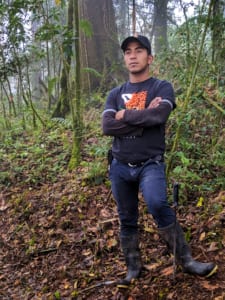
Walter Elías Vicente Barrondo, a Rainforest Trust Conservation Guardian from Guatemala. Photo by Stephanie Wester/Rainforest Trust.
The news about the burning Amazon this year didn’t surprise us at Rainforest Trust. We’ve been fighting deforestation in Latin America and the Caribbean for decades. In that time, we’ve seen entire landscapes and species disappear. But we’ve also seen what can happen when conservationists and communities work together. We’ve seen what can happen when we work hard for a more sustainable future.
And those stories give us something even more valuable than experience. Those stories give us hope.
Help us continue this hopeful work next year. Your support will safeguard habitat for species like parrots and orchids, secure necessary resources for communities across North and South America and help protect the entire planet from climate change.
Header image: A Jabiru in Bolivia. Photo by Mileniusz Spanowicz/WCS.

